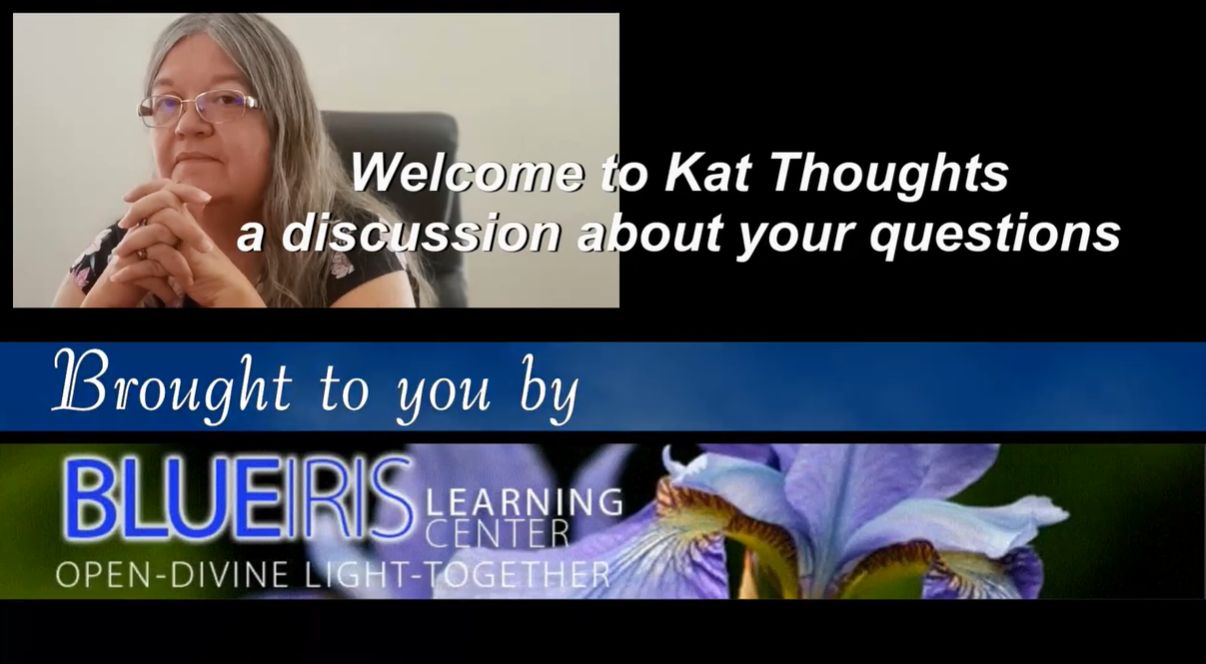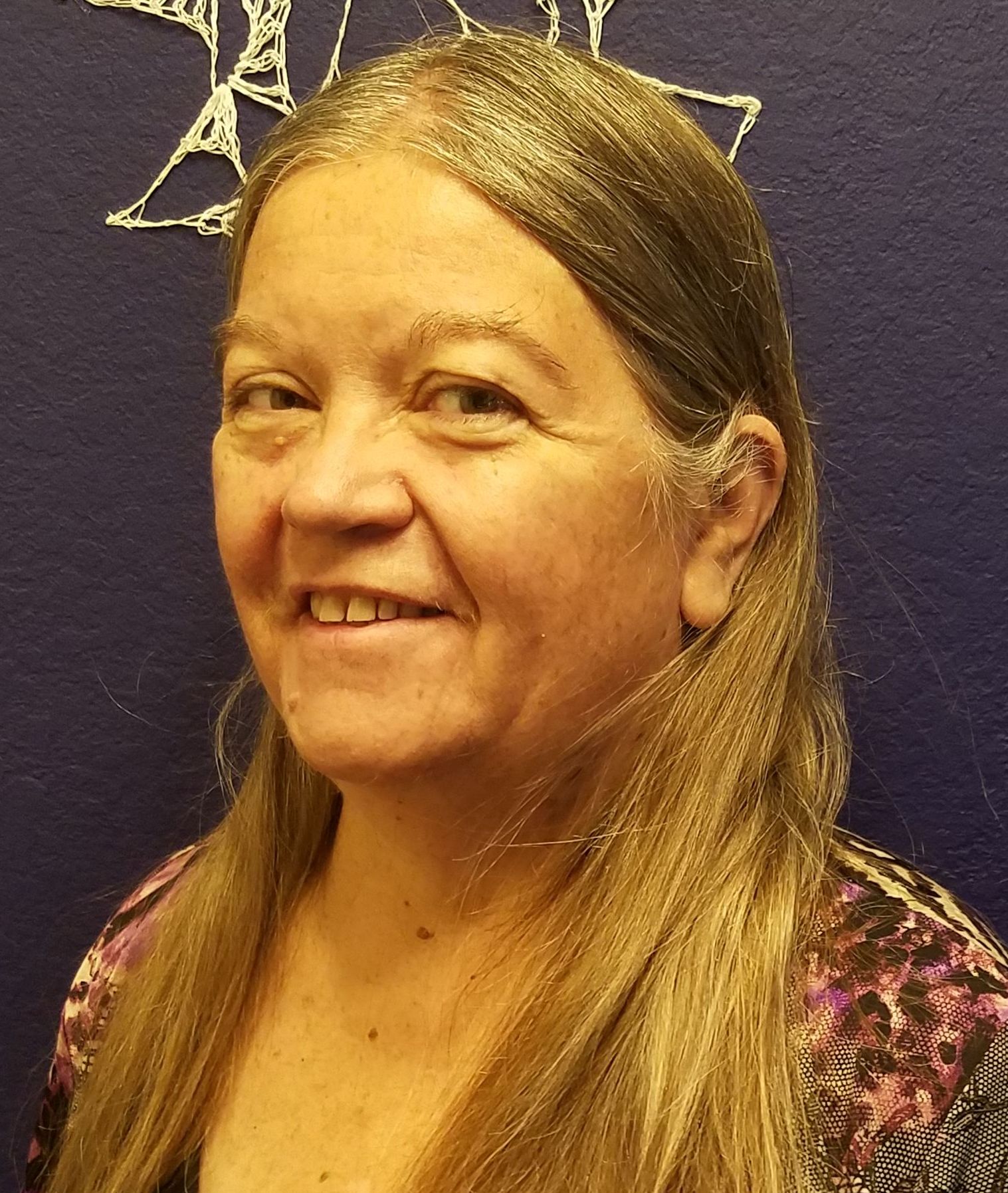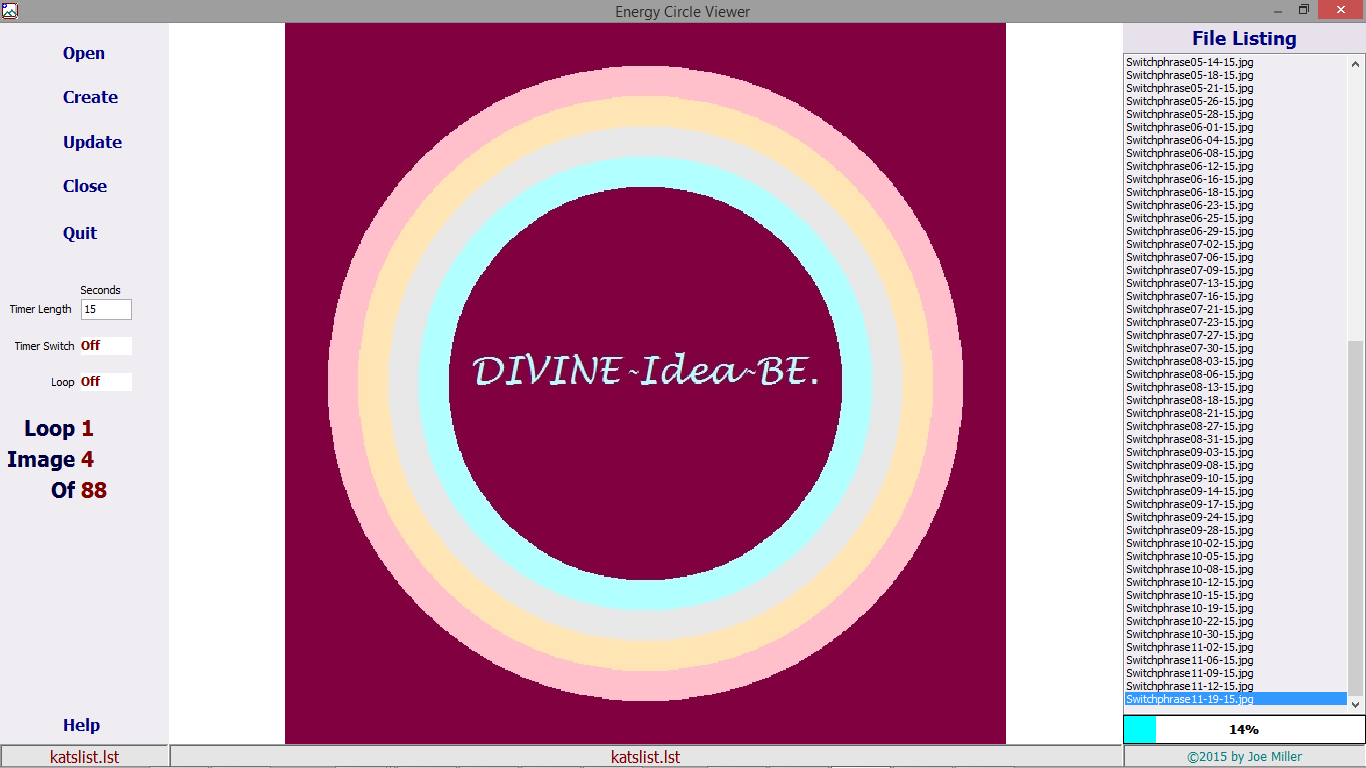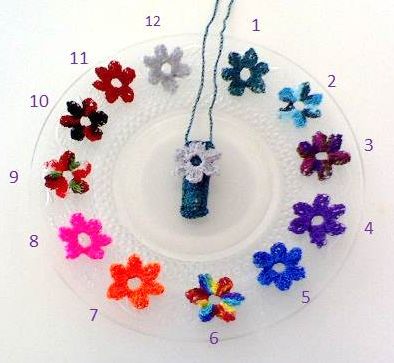Following are a few techniques for performing reflex muscle testing. You may need to practice to perfect the testing methods.
It is wise for the person being muscle tested to be well hydrated (click here to read more).
It is wise for the person performing muscle testing to wear unbroken violet around both wrists (click here to read more).
1. Stand up
2. Relax your whole body particularly around the ankles
3. Ask your question
4. Yes = tilt forward
5. No = tilt backward
If there is no movement on yes and no, you need to teach your body what "yes" and "no" are.
To teach your body what “no” is:
a. Say "no" and as you say "no" purposely tilt your body backward.
b. Repeat this procedure several times
c. After repeating this several times, try saying "no" and seeing if the body does the tilt backward on its own
d. If there is no change, keep “teaching” your body with steps a through c
To teach your body what "yes" is:
a. Say "yes" and as you say "yes" purposely tilt your body forward.
b. Repeat this procedure several times
c. After repeating this several times, try saying "yes" and seeing if the body does the tilt forward on its own
d. If there is no change, keep “teaching” your body with steps a through c
Eventually you should see a big difference between yes and no.
INTERLOCKING CIRCLES
1. Make a circle with the thumb and index finger of each hand, interlocking them (like two links of a chain)
2. Hold light tension in both circles
3. As you ask questions, try to pull the circle made with your dominant hand through the circle made with your non-dominant hand
4. Yes = the circle stays closed and the circles stay interlocked
5. No = the non-dominant hand circle allows the dominant hand circle to pull out
If the circle stays closed on no, you need to teach your body what “no” is.
To teach your body what “no” is:
a. Say “no” and as you say “no” purposely open the circle of the nondominant hand very wide and pull the circle of the dominant through the circle
b. Repeat this procedure several times
c. After repeating this several times, try holding your fingers closed while saying “no” and see if there are changes
d. If there is no change, keep “teaching” your body with steps a through c
Eventually you should see a big difference between yes and no.
CIRCLE AND PRESS
1. Make a circle with the thumb and index finger of your non-dominant hand
2. Insert thumb & index fingers of you other hand into this circle from the bottom
3. Hold light tension in the circle
4. As you ask questions, press the fingers inserted into the circle outward
5. Yes = the circle stays closed and holds the press fingers inside
6. No = the circle opens
If the circle stays closed on no, you need to teach your body what “no” is.
To teach your body what “no” is:
1. Say “no,” purposely open circle wide and spread your fingers inside the circle outward
2. Repeat this procedure several times
3. After repeating this several times, try holding your fingers closed while saying “no” and see if there are changes
4. If there is no change, keep “teaching” your body by repeating steps a through c
Eventually you should see a big difference between yes and no.
CIRCLE AND POINT 
1. Make a circle with the thumb and index finger of your non-dominant hand
2. Insert the index finger of your other hand into the circle from either the top or bottom
3. Hold light tension in the circle
4. As you ask questions, pull the index finger through the circle
5. Yes = the circle stays closed and holds the index pointer inside
6. No = the circle allows the index pointer to pull out
If the circle stays closed on no, you need to teach your body what “no” is.
To teach your body what “no” is:
1. Say “no” and as you say “no” purposely open the circle very wide and pull the index
finger through the circle
2. Repeat this procedure several times
3. After repeating this several times, try holding your fingers closed while saying “no” and
see if there are changes
4. If there is no change, keep “teaching” your body with steps a through c
Eventually you should see a big difference between yes and no.
ONE-HANDED
1. Place the pad of the middle finger of one hand on the top of
the nail of the index finger on the same hand
2. The index finger is straight with the middle finger bending to
touch it
3. Ask questions & press down on the index finger with the
middle finger
4. Yes = the index finger stays straight
5. No = the index finger bends downward
This technique may also take some “teaching” the body “no.”
To teach your body what “no” is:
1. Say “no” and allow the middle finger to easily press the index finger down
2. Repeat several times
3. After repeating this several times, try holding strong when saying “no” and if you are
not weak keep practicing
Eventually you should see a big difference between yes and no.
FINGER RUB 
(may take practice to feel the difference between smooth/sticky)
1. Lightly touch the pads of the index finger and thumb of one hand together
2. As you ask questions, lightly slide the pads across each other
3. Yes = the pads slide very smoothly, there is no resistance
4. No = the pads are sticky against each other, there is resistance
This can also be done using both hands rubbed against each other
SWALLOW
1. Ask a yes/no question.
2. Try to swallow.
3. Yes = easy to swallow
4. No = cannot swallow or very difficult to swallow
To test the Swallow method:
1. State your name (“I am ____”), then try to swallow (it should be easy to swallow).
This is the “yes” swallow.
2. Lie about your name (“I am John Smith”), then try to swallow (it should be difficult or impossible to swallow).
This is the “no” swallow.
MUSCLE TESTING ANOTHER PERSON
1. Have the person stand facing you with one arm straight out in front of them at a slight downward angle from the shoulder. As long as the arm is straight, you can have them put at any angle from parallel to the floor to nearly perpendicular. The closer to perpendicular with the floor the angle the more the deltoid is isolated and the easier it is to tell if it is weak.
2. To keep the person square to you and their arm straight in front of them, place your hand on the opposite shoulder from the arm being tested. (If the right arm is the one you’re testing, place your right hand on their left shoulder.)
Having the arm extended in front rather than to the side is preferred because:
a. Holding arm extended to the side can make rotator cuff vulnerable to injury.
b. Holding arm extended to the side also includes lung meridian in every test.
3. Place your hand on their extended arm, just above the wrist.
Placing your hand on their hand or wrist can make their wrist vulnerable to injury.
4. Ask them to resist when you press down. You may need to remind them to “hold strong.”
5. Say “yes” and right after saying yes press down on their arm while they resist. You should feel a solid “lock” in the muscle.
6. Say “no” and right after saying “no” press down on their arm while they resist. There should be a weakness there, an inability for the muscle to “lock.”
Anything from a “floating” arm that wavers up and down and the muscle never locks to an extreme weakness, where the arm just drops away is considered weak.
7. Once you get a feel for yes/no (strong/weak), then you can begin to ask questions and recognize the yes/no or strong/weak.
Note: A "stuttering muscle" or difficulty telling a strong muscle from a weak muscle may be a sign of dehydration. Have the person being muscle tested drink a glass of water and then try again. If still having difficulty telling strong from weak, have the person being muscle tested hold water in their mouth during muscle testing.
Click here for downloadable PDF
Click here for more on RMT, applications, improving accuracy, etc.
For more information use a search engine for a phrase like:
"Reflex Muscle Testing"
“Muscle Reflex Testing (MRT)”
“Muscle Response Testing”
“Applied Kinesiology (AK)” is the first and most popular technique to use manual muscle testing (MMT)
“Bio-feedback technique”








